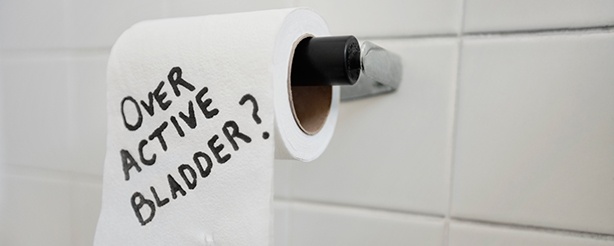About 33 million men and women suffer from overactive bladder or OAB. This medical condition causes frequent urination as its main symptom. Although Botox is mostly known as an anti-aging treatment for reducing wrinkles and lines on the face, the FDA (Food and Drug Administration) has approved Botox as a treatment for adults with OAB when other treatment options don't work.
What is Overactive Bladder?
An overactive bladder is a medical condition that causes a variety of symptoms. The symptoms include urination of eight times or more during a 24-hour period, getting up to urinate two or more times in a night, urine leakage, or a sudden urge to urinate.
OAB is caused by the bladder muscles squeezing or contracting frequently signaling an urge or a need to urinate. There are medical reasons for many cases of overactive bladder. There are neurological disorders such as Parkinson's disease that leads to OAB. Kidney problems, diabetes, excessive use of alcohol or caffeine, or severe urinary tract infections can also result in an overactive bladder. In some cases, doctors cannot determine the cause of the overactive bladder.
There are a few types of treatments used for OAB. Behavioral modification includes doing pelvic floor exercises or scheduling trips to the bathroom. Medications called anticholinergics are also effective. These prescription drugs relax the bladder muscles so they contract less. For some people, these methods don't provide relief. Botox is a treatment alternative for OAB sufferers in this situation.
What is Botox?
Botox is a toxin made from the protein of a bacterium. Most people know the toxin as a form of food poisoning called botulism. However, in small does, Botox treats a variety of medical problems including overactive bladders.
How Botox Helps with OAB
Botox helps to relax or paralyze the bladder. The injections take place in a doctor's office. The doctor injects the drug directly into the bladder muscle. Doctors use a procedure called cystoscopy. This allows the doctor to view the inside of the bladder as he or she injects the Botox. To reduce any discomfort, the doctor first applies a numbing agent to the injection site.
Another benefit of Botox is that the storage capacity of the bladder also increases, and this reduces the frequency of urination. Once the drug takes effect, you have relief from OAB symptoms for about six to nine months. To maintain the relief, you have to get additional Botox injections over time.
There can be side effects from getting Botox injections. The most common are urinary tract infections (UTIs), pain during urination, pain at the site of injection, and failure to completely empty the bladder. Clinical trials of Botox for overactive bladder show significant improvement in symptoms for most patients.
How to Get Botox Injections
After you have been tested and diagnosed with OAB, you can begin treatment. If behavior modification and medications are not helpful, your doctor may suggest Botox injections. When treating OAB, you need a doctor with experience in injecting Botox into the bladder. For any person who suffers from OAB and lives in Texas, look to the Botox doctors Houston can count on. Contact Dr. Bradford S. Patt's office for any questions on the use of Botox.





